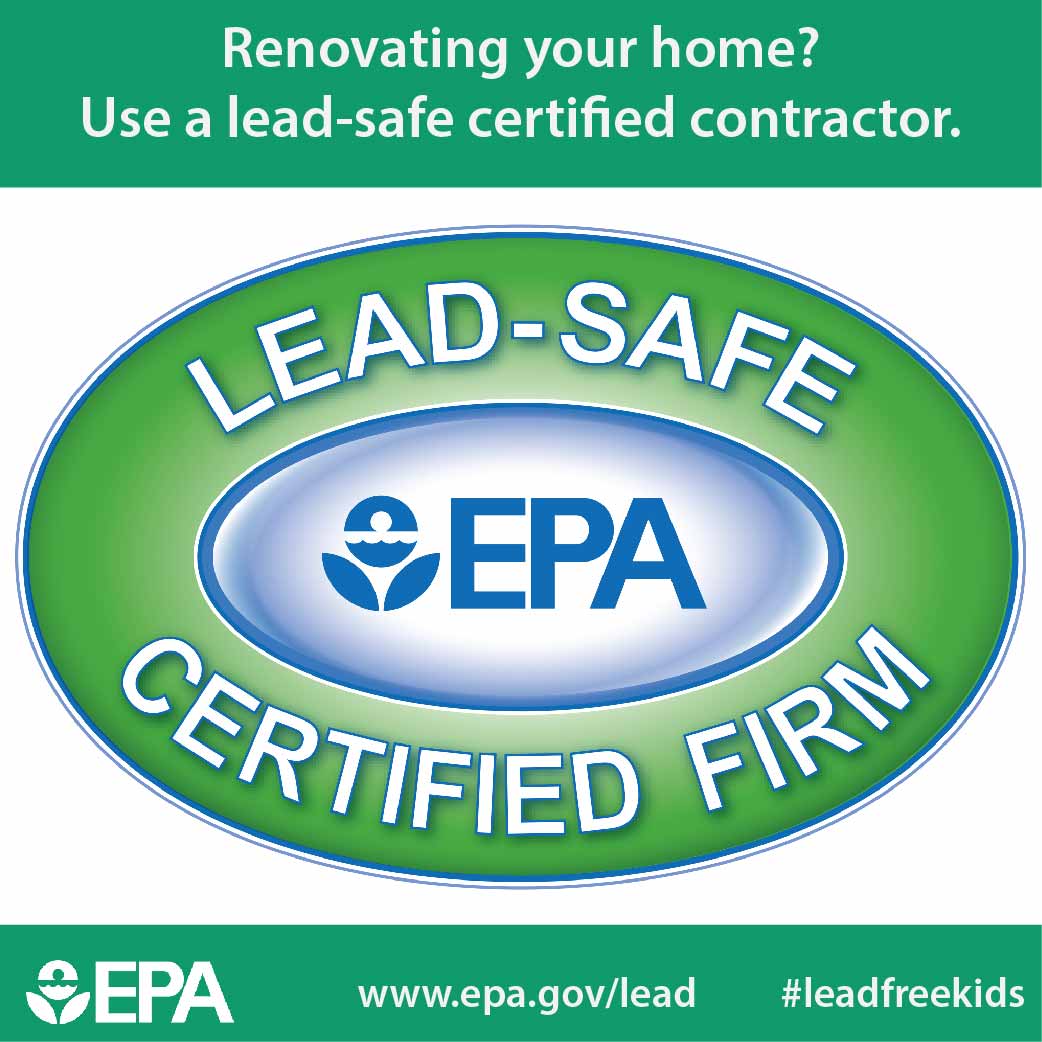Essential Seasonal Aspects Of Commercial Outside Painting: What You Must Understand
Essential Seasonal Aspects Of Commercial Outside Painting: What You Must Understand
Blog Article
Material Writer-McLamb Rosendal
When you're preparing a commercial external painting task, seasonal factors can make or damage your outcomes. hobart house painters 'll want to think about just how temperature and moisture effect paint application and drying out times. Selecting the right period can ensure your paint sticks properly and lasts longer. Yet which periods are truly the best for this type of job? Let's check out the crucial elements that can affect your task's success.
The Effect of Temperature on Paint Application
When you're preparing an industrial exterior painting task, the temperature can considerably influence how well the paint sticks and dries out.
Ideally, vinyl siding painters want to repaint when temperature levels vary between 50 ° F and 85 ° F. If it's as well chilly, the paint may not treat appropriately, leading to problems like peeling or splitting.
On the other side, if it's also hot, the paint can dry out also promptly, stopping appropriate attachment and leading to an irregular surface.
You ought to also think about the moment of day; morning or late afternoon uses cooler temperatures, which can be extra favorable.
Always inspect the producer's referrals for the details paint you're utilizing, as they typically give guidance on the ideal temperature level variety for optimum results.
Humidity and Its Effect on Drying Times
Temperature isn't the only environmental factor that affects your business exterior paint task; moisture plays a considerable duty too. High moisture degrees can decrease drying out times substantially, affecting the general high quality of your paint task.
When the air is saturated with wetness, the paint takes longer to treat, which can result in concerns like poor bond and a greater threat of mold development. If you're repainting on a specifically moist day, be gotten ready for prolonged wait times between coats.
It's vital to keep an eye on regional climate condition and plan appropriately. Preferably, aim for moisture levels between 40% and 70% for optimum drying out.
Maintaining these factors in mind ensures your job remains on track and supplies a long-term finish.
Best Seasons for Commercial Exterior Painting Projects
What's the best time of year for your business outside painting projects?
Springtime and early loss are generally your best options. Throughout these seasons, temperatures are light, and humidity degrees are typically reduced, developing perfect conditions for paint application and drying out.
Prevent summer season's intense heat, which can create paint to completely dry as well rapidly, leading to bad bond and finish. In a similar way, winter season's cold temperature levels can hinder proper drying and curing, running the risk of the long life of your paint work.
Go for days with temperatures in between 50 ° F and 85 ° F for optimum results. Keep in mind to inspect the local weather forecast for rain, as damp conditions can spoil your job.
Planning around these factors ensures your paint project runs efficiently and lasts much longer.
Final thought
Finally, intending your business external paint projects around seasonal factors to consider can make a substantial difference in the outcome. By scheduling work throughout the optimal temperature levels and humidity degrees, you'll guarantee better attachment and drying out times. Bear in mind to watch on neighborhood weather forecasts and pick the right time of year-- springtime and very early loss are your best options. Taking these actions will help you attain a long lasting and expert finish that lasts.
